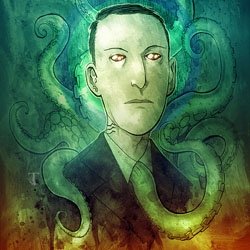
Where do story ideas come from?
Writing a book is all about taking an idea and playing with it. Sort of like teasing a cat with a string. You move the string and the cat follows. You start with an idea—what if dogs could fly?—and then you move through your story, seeing what would happen as a result.
Even though there are no new ideas (all of our ideas are based on something already in existence), you can still come up with something that feels new and fresh. Part of this is accomplished by world-building, part of it is accomplished by creating three-dimensional characters. But a lot of times, it all comes down to that original idea, the ‘what if’ that spawned your book in the first place.
What if people didn’t have to die?
That was the basic premise in my first novel, Afterlife: The Resurrection Chronicles. The world that evolved out of that premise became intricate and complicated and dangerous. Still, in the beginning, the premise was a simple one-line idea.
If you’ve ever read any social science fiction — things like The Children of Men by P.D. James or Do Androids Dream of Electric Sheep by Philip K. Dick or Fahrenheit 451 by Ray Bradbury — then you know that in these imagined worlds, one small change can make a big difference. It can turn everything inside out.
This was exactly what happened with Afterlife. Nearly everything in the world changed when I removed death from the equation. And yet, despite my one-line premise, halfway through the book, I knew that I still needed something else. I needed some element that would show what my characters had lost in their pursuit of immortal life. Remember the old adage, show don’t tell? Well, my story was in need of some showing.
Then one day while driving to work I got another idea.
I passed a truck, all painted with pictures of children playing. The signs on the truck were written in Spanish, so I’ll never know what the true purpose of the vehicle was, but I knew almost instantly that I had found my missing ingredient. Before I got to work, I had toyed with the idea of that truck until it transformed into something dark and dangerous. It became The Underground Circus: a world-wide, black-market organization that temporarily provided people with that one thing they secretly longed for above anything else—children.
See, a world without death must also be a world without children. In the near-future world of Afterlife, very few children were allowed to be born each year. So inside each person was a hunger for the family that they couldn’t have.
Every writer explores new territory when she writes. I didn’t know until I really dug into this book that one of the tragic repercussions of jumping from one life to the next would be the breakdown of the family unit.
In the end, besides being a good story, Afterlife also became a cautionary tale: Be careful what you wish for.
